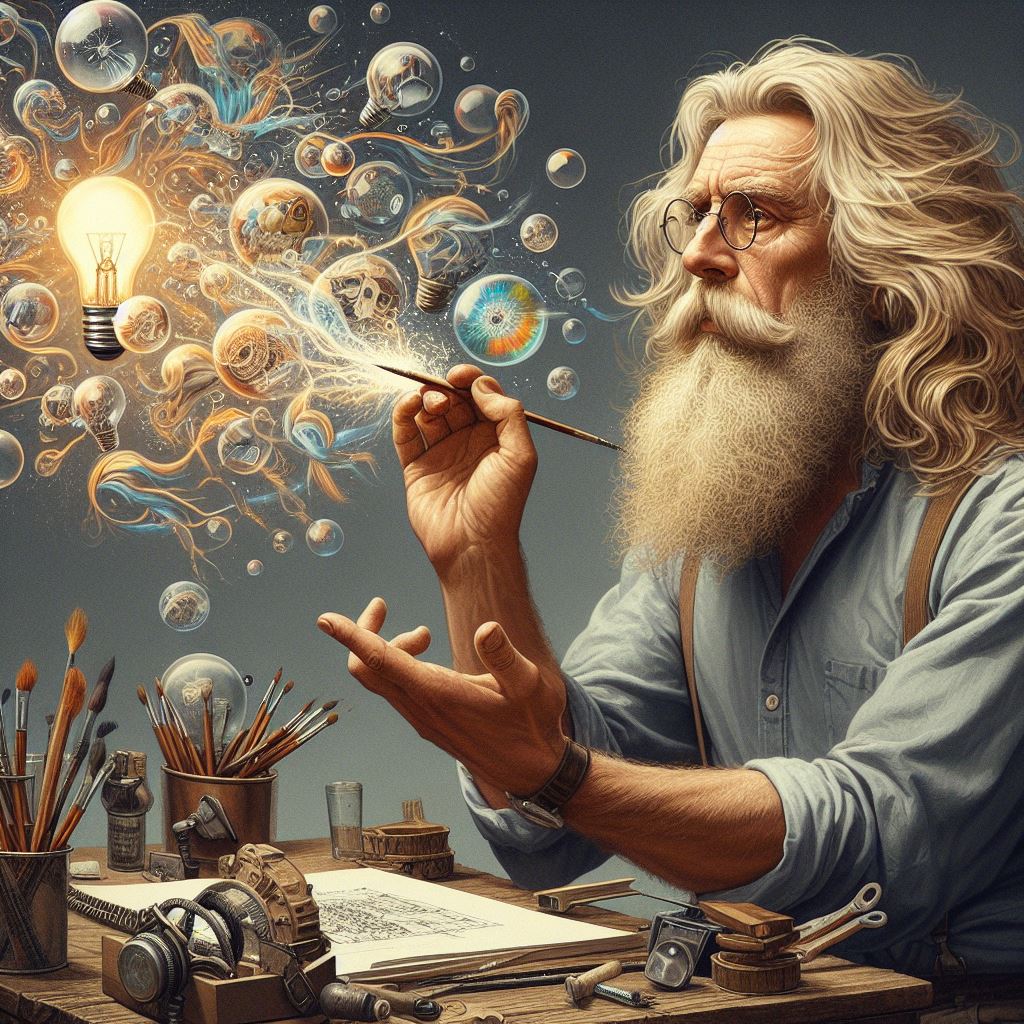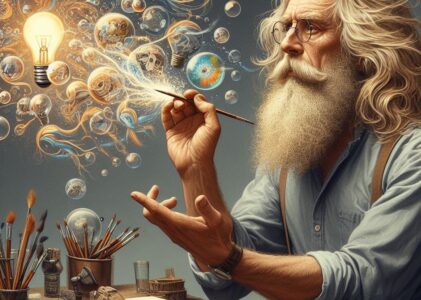Art College and the beginning of the Journey
Part Two
I arrived in Brisbane as a naive country kid. Thankfully though at that stage, Brisbane was just an overgrown country town. It was quiet and a bit old-fashioned and conservative. While I didn’t consider myself to be either conservative or radical or anything at all, it suited me fine for where I was.
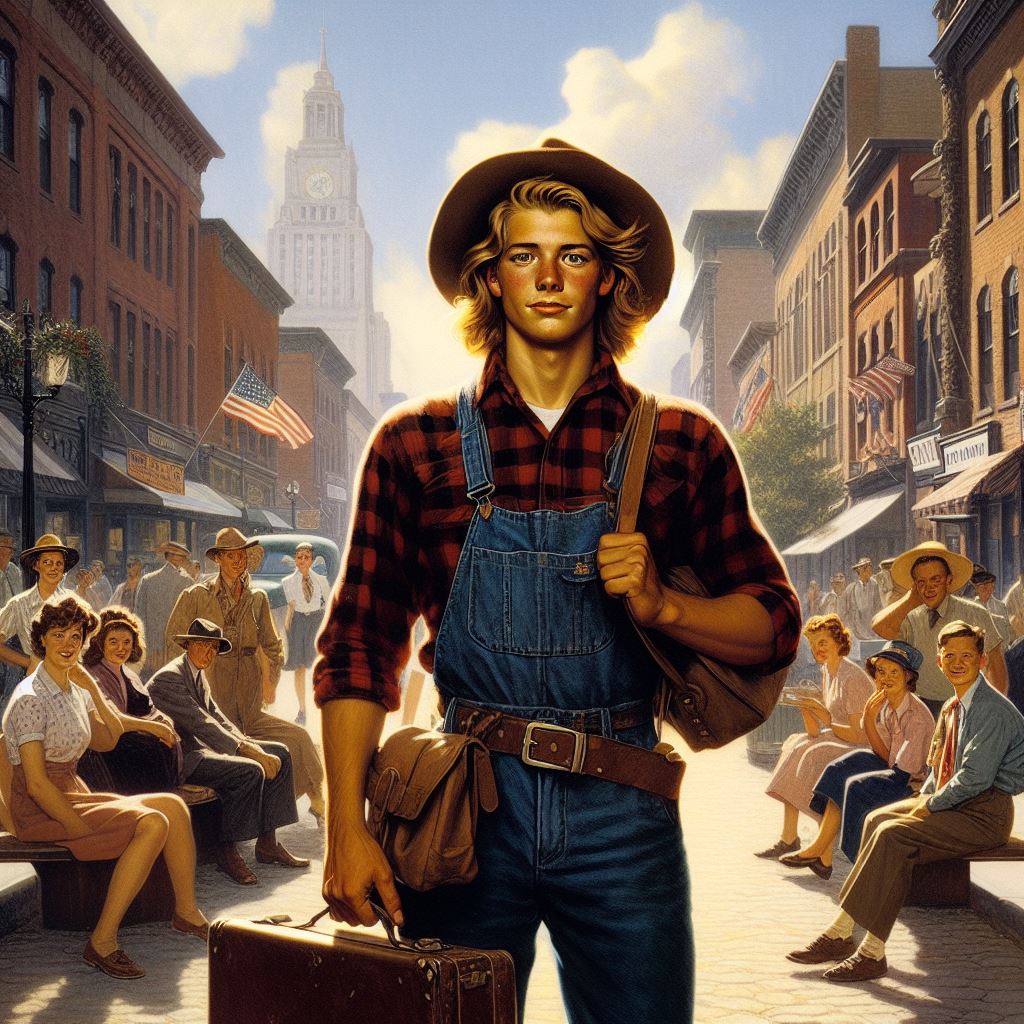
Art College for me was a time just to ‘be’. Of course, I had classes and assignments and all of that stuff to do, but treated them like art itself. Not a necessary evil, but just part of the process. I was there to become an artist. It wasn’t all easy. A lot of it was a struggle and extremely frustrating. I was confronted with how I learned to consider myself an artist and how others saw being an artist. I wanted to learn technique. I wanted to be a better illustrator. Or at least that’s what I thought I wanted. I saw technique as being what made me a better artist. A huge internal struggle ensued over the next three years. The illustration class didn’t teach me how to illustrate. It taught me how to think creatively and problem-solve. That was a far better lesson than how to draw better.
One of my lecturers said that I could learn technique at any time. He was so right. Technique is a learned and practised skill that takes time and dedication. If you put the time and dedication in you will get better. That’s not to say everyone can and will be a great artist. There are many other factors at play as well, but in general time and dedication will make the difference. In my second year at art college, I struggled to grasp the Illustration course. It felt like the lesson was being beaten into me and all of my previous expectations and preconceptions were being stripped away. In the end, I ran screaming from the art room and went to graphic design for my third year. Graphic design was something I could get my head around. It was structured and much easier to understand what its drive and motivation was.
A romance of the line
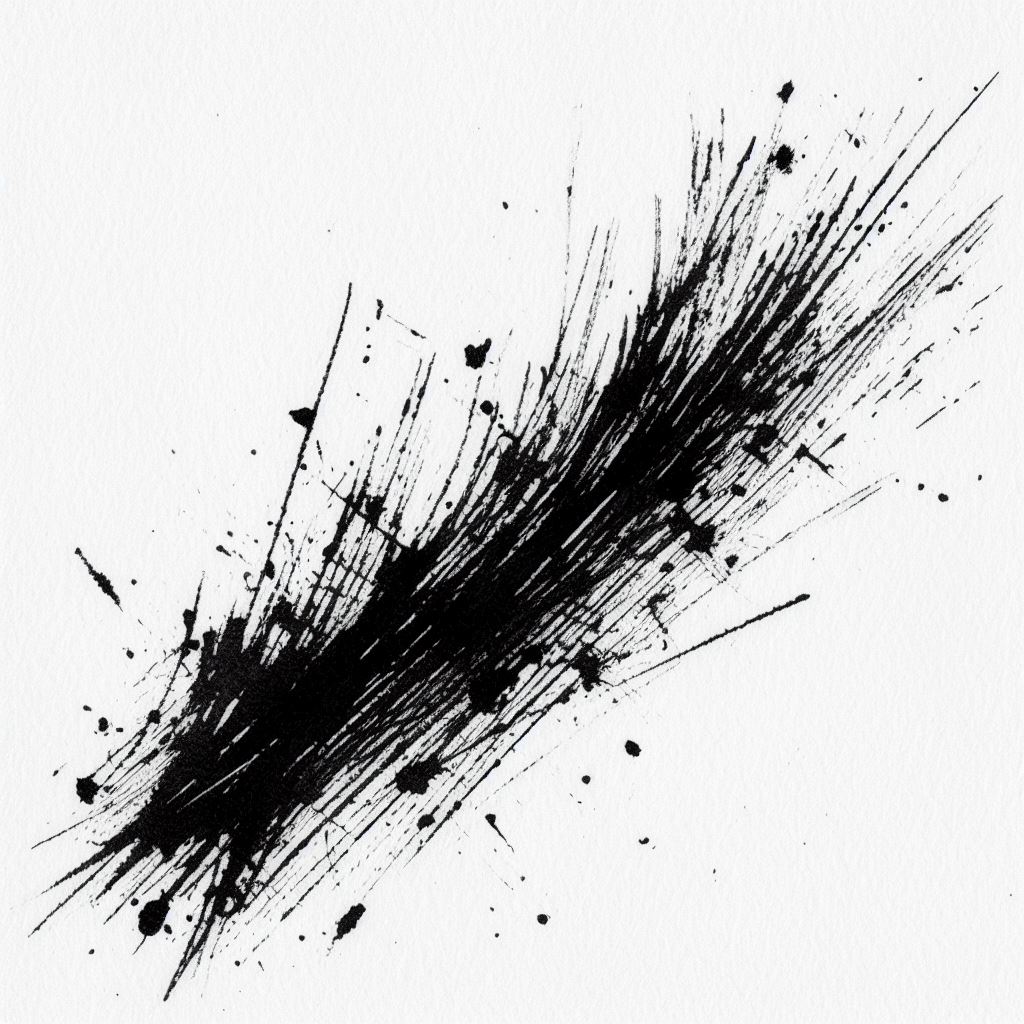
Graphic design is inherently about communication, the romance of the line on a page was something ‘weird’ to this country boy. I could understand words and pictures and arrange them to tell a story. I couldn’t understand a line created by a stick dipped in ink dragged across a page. I wanted ‘pictures’, not scribbles. In the end, though I learned more from that stick than I did from any other lesson. As much as I hated it, I learned to ‘see’ the beauty and uniqueness inherent in that line. That line existed purely in and of itself. It was what it was and it was up to me to see that.
I didn’t fully grasp that lesson for some time. I still have to keep going back to that lesson and remind myself of it. I appreciate being taught to be a creative problem solver. That has since defined my life.
When I left art college I went into graphic design and still practiced to become a better illustrator on the side. Wherever possible I would put illustration into a graphic design job instead of a photograph. It define my work as being different from other graphic designers and I was prepared to take the time hit instead of paying for photography.
My defining illustration

Since I was about 16 I had this idea that the next illustration would be my defining illustration. It would be the ‘one’ that told me I had achieved what I set out to do. The one that I could hold high to say that I had achieved my own standard of perfection. I had a pretty rigid and structured approach to assessing my work. With each illustration, I set out to refine and perfect my technique. When I finished each illustration I stepped back and looked objectively at what I liked, what I didn’t like, what worked and what didn’t work and pulled apart the work critically. I took into my next illustration what I liked and thought worked and learned from what didn’t.
Perfection is an illusion
It’s easy for an artist to be self-critical, but it’s a step further to objectively self-assess. To not take it personally as a failure to live up to your own high standards. It’s almost inevitable as we go along our creative paths that we won’t meet our expectations. It’s what you do with that that matters. If we don’t meet our expectations we could consider ourselves failures and give up completely. We’d all like to think we will be perfect overnight. The truth is perfection is an illusion. It’s not real. It’s a construct that we create and then punish ourselves if we don’t meet. If I didn’t expect perfection though, I would not have done the next illustration or the next one after that and after that, until I finally got there. Instead of achieving perfection in the next illustration. It took me 12 years. I was 28 when I finally achieved what I set out to do. If I had known that I may not have gone on that journey. But I was always hopeful the next illustration would be my pay-off.
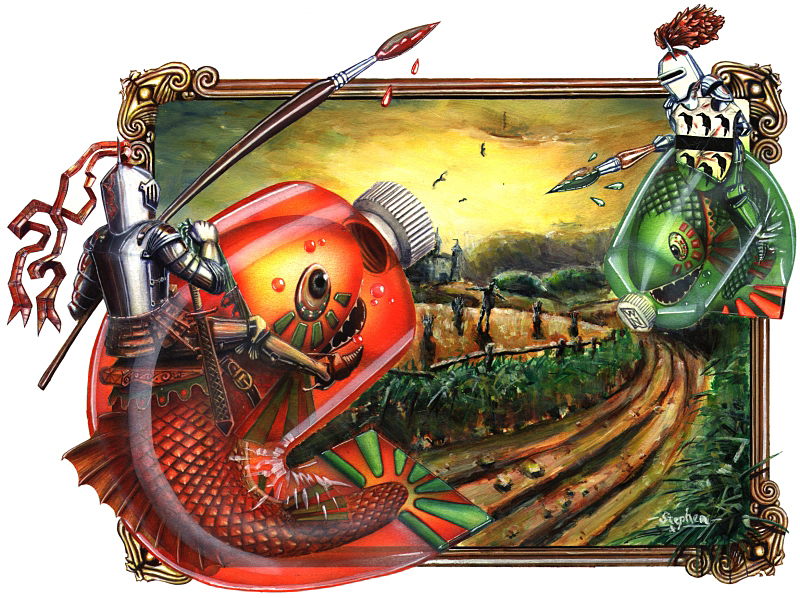
My illustration role models were Roger Dean, Jim Burns, Chris Foss, Ian Miller, Patrick Woodroffe, Phillip Druillet, Boris Vallejo and quite a few others. They are mostly in the fantasy sci-fi airbrush style made famous in the 1970s. Highly detailed, highly controlled and perfect for an obsessively driven nerd like myself. During my journey, nothing mattered more than my art. I defined myself by my art and my art defined me. My art was me, I was my art. My creations were my children. I created them. I had nurtured and raised them and I let them go to live their own lives. In this period of my life, my ego was pretty much front and centre. It wasn’t that I thought I was the greatest artist ever. I knew I wasn’t but I was working towards something. I thought that all the creativity, drive and outcome were all to do with me and only me. I was extremely ego-centric back then. It took major life changes to change that outlook and change my creative process completely.
STAY TUNED FOR MORE
Who were the major influences on your art journey and why?
What did those influences bring to you
Please, share your story below.
